Stuttgart – Schlossplatz, the work of Otto Dix, the Porsche or Mercedes-Benz Museum, the television tower and houses 13 - 15 of the Weissenhof Estate by Le Corbusier and Pierre Jeanneret. The single-family house No. 13 is based on the concept of "Citrohan Häuser" that Le Corbusier presented in his 1920-1922 studies. The realization rested on Alfred Roth’s shoulders, who was present on site during the few months of extensive construction. Le Corbusier's semi-detached house illustrates the upheavals of modernism and is a total work of art in terms of colour design. The pair of semidetached houses and the single-family dwelling by Le Corbusier at the Weissenhof Estate have been included on the UNESCO World Heritage List in July 2016.
Something that only connaisseurs usually know: the ‘Weissenhofsiedlung’ was built in 1927 as part of the building exhibition "Die Wohnung", organised by the Deutscher Werkbund and financed by the city of Stuttgart. 17 internationally well-known architects, including great charachters as Walter Gropius, Peter Behrens, Hans Scharoun and Le Corbusier, work under the artistic direction of Ludwig Mies van der Rohe. The declared intention is the construction of innovative buildings for healthy and functional living for the future.
Starting with the Weissenhof Estate in Stuttgart, a total of six Wekbund Estates were built between 1927 and 1932, in Stuttgart, Brno, Wroclaw, Zurich, Vienna and Prague (more information on the individual settlements can be found below). All these settlements had a considerable influence on the architectural trends of the 20th century. The buildings represent a highly significant cultural heritage. The history of the Werkbund Estates reflects the social shifts that marked Europe during the 20th century as well as democratic upheavals after the First World War.
“Two completely different types of houses were presented in Stuttgart. One corresponded to a new expression of life, freed from artificial restrictions.”
- Le Corbusier -
“All good things are worth waiting for” – Tenants for the Le Corbusier buildings in Stuttgart
tenant was found for the buildings of Le Corbusier and Pierre Jeanneret. Anton Kolig (professor at the neighbouring art academy) moves into the semidetached house with his family for three years. In 1931, the first alterations are made: the open roof terrace becomes a closed living area, built-in cupboards are torn down and partitions are installed. The house gradually loses its character. Then, in 1964, the right half of the house also loses its original ground plan. Le Corbusier's choice of colours is not given any importance; it is completely ignored and finally painted over.
On the track of colouring according to Le Corbusier
The repair carried out in 2005 was based on the colour information provided by Le Corbusier, the diagnoses from 1982, 2004 and 2005. It also integrated different colour assignments by Alfred Roth.
The repainting has been carried out with silicate paint from Keimfarben GmbH. Microscopic analyses have been carried out in the interior rooms in order to clarify the colour scheme at the time of construction. The paint has been used as an essential part of the architecture. The detached house, for example, has a cubic shape that seems to float above the ground due to the visible pilotis, the set-back basement and the coloured walls. The visibility of the building is further emphasized by the coloured painted facades.
Brown shades similar to 32120 terre sienne brulée 31 or 4320D terre sienne brulée 59 as well as anthracite colours have been painted in products of the premium interior paint system KEIM Optil. In the interiors, Siena colours similar to 32121 terre sienne brique, ochre shades almost like 4320L ocre jaune clair and blue shades comparable to 4320T bleu outremer foncé or 32020 bleu outremer 31 have been applied with products of the KEIM Reversil system. The first attempts of Polychromy, which Le Corbusier mentions in his Oeuvre complète, relate to the interiors of the houses La Roche and Jeanneret in 1923, but since Le Corbusier did not publish the first collection of Architectural Polychromy for Salubra until 1931, only comparisons can be made here. Le Corbusier's basic idea that colours change spaces through their effect, make objects changeable and trigger emotional and physical reactions is still valid today. In addition, it is not necessary to use many different colour shades to create the desired, positive effects. Let us think about what the Architectural Polychromy is – 63 harmonious premium colours are absolutely sufficient. After all the changes that the house has undergone, the furniture and the colours are now almost as they were on the first day, thanks to the original documentation and the great work of the restorers.
« Colour is... a trigger of strong effects.
Colour is a factor of our existence. »
- Le Corbusier -
«In Stuttgart, two completely different house types were presented. One corresponded to a new expression of life, freed from artificial restrictions. It was the result of a ten-year study of the "Citrohan" house type. The roof construction and windows have been standardized, a large living space contrasted with the smaller rooms, whose dimensions could still have been reduced if the city council had given its approval .» Extract from Le Corbusier, Oeuvre complète, Volume 1, 1910-1929
Adresse
Weissenhofmuseum in the House of Le Corbusier
Rathenaustrasse 1
D-70191 Stuttgart
www.weissenhofmuseum.de
The settlement is freely accessible without time restrictions. Please respect the privacy of the residents. Open guided tours take place every day except on Mondays at 3 pm. Additional visits on Sundays and public holidays at 11 am. Please note the latest information on the homepage of the Weissenhof Museum.
The industrial estates in Europe next to the Weissenhof estate in Stuttgart
On 31 March 2020, the European Commission awarded the European Heritage Label to Werkbund Estates in Germany, Poland, the Czech Republic and Austria.
Austria, Vienna The Vienna Werkbund Estate
Address: 1130 Vienna – Woinovichgasse and surroundings
The Wiener ‘Werkbundsiedlung’ was built in 1932 under the overall management of Josef Frank, who had already been involved in the Weissenhof Estate in Stuttgart in 1927. The houses of the Wiener Werkbund estate are all inhabited and thus still fulfill their original purpose.
Czech Republic, Prague Baba-Estate
Address: 160 00 Praha 6 – Dejvice and surroundings
In no more than 4 years, starting in 1932, 33 buildings have been constructed here. The Baba settlement is a valuable example of inter-war architecture, especially in terms of its sense of proportion and landscape design.
Switzerland, Zurich Neubühl Estate
Address: 8038 Zurich – Nidelbadstrasse and surroundings
The Werkbund Estate Neubühl is one of the model settlements of "Neues Bauen". It was built in 1930-32. Architects Paul Artaria, Max Ernst Haefeli, Carl Hubacher, Werner Moser, Emil Roth, Hans Schmidt and Rudolf Steiger designed all houses in the Neubühl housing estate in a joint building office according to the same details.
Poland, Wroclaw Wroclaw Estate WuWa
Address: 50-141 Wroclaw – Wróblewskiego and surroundings
Following the significant echo of the Stuttgart exhibition worldwide, a great building exhibition was also held in Breslau – the 1929 "Apartment and Workroom Exhibition" (WuWA). The aim was to present new forms of contemporary living and working. More than 80% of Wroclaw was destroyed in the Second World War, but fortunately the estate remained almost intact.
Czech Republic, Brno Nový Dům estate
Address: 616 00 Brno – Drnovicá u. a.
This housing estate was built in 1928 as part of the exhibition of contemporary culture in Czechoslovakia. The theme was a modern and financially affordable housing preferably for young families.
Sources:
https://lecorbusier-worldheritage.org/en/maisons-de-la-weisenhof-siedlung/
https://weissenhofmuseum.de/
https://werkbund-estates.eu/
http://www.fondationlecorbusier.fr/
Keimfarben GmbH - Ausgabe der Serie „erhalten & gestalten»
Fotos:
Le Corbusier Sketch Weissenhof-Estate Maisons ©FLC/ADAGP
Overview from 1927 © Ludwig Mies van der Rohe / MoMa New York, Werner Gvaeff, VG-Bildkunst Bonn/ADAGP
Weissenhof Le Corbusier builiding black&white Photo: Dr Lossen et Co 1927 ©FLC/ADAGP
Entrancez Le Corbusier house Photo: Keimfarben © FLC/ADAGP
Salubra Books ©FLC/ADAGP ©Fondation Le Corbusier
Werkbund Estate Vienna and Prague ©Christoph Eckelt
Werksbund Estate Vienna (Row houses) ©Adsy Bernart
Overview Werksbund Estates in Europe © werkbund | estates


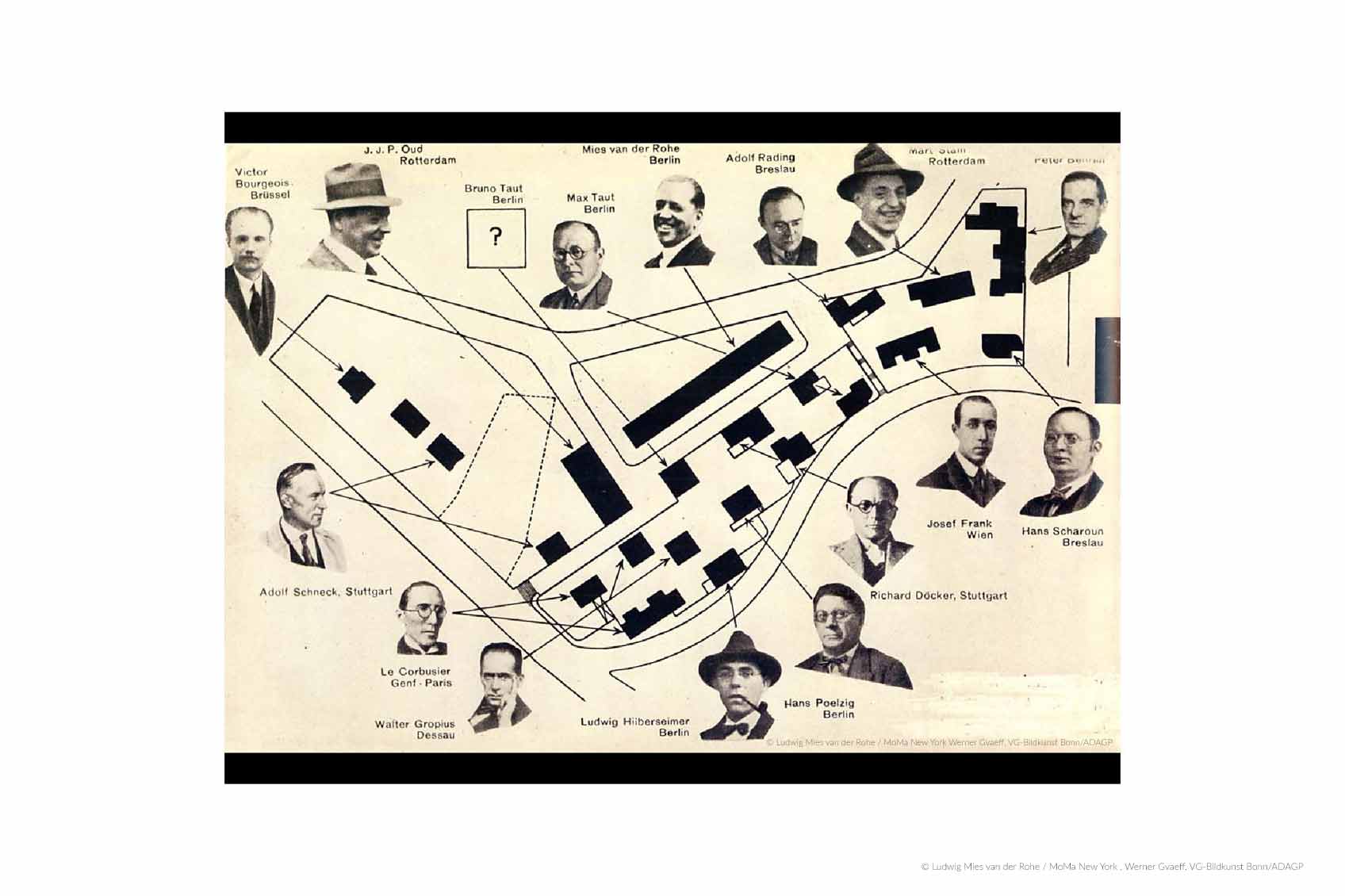
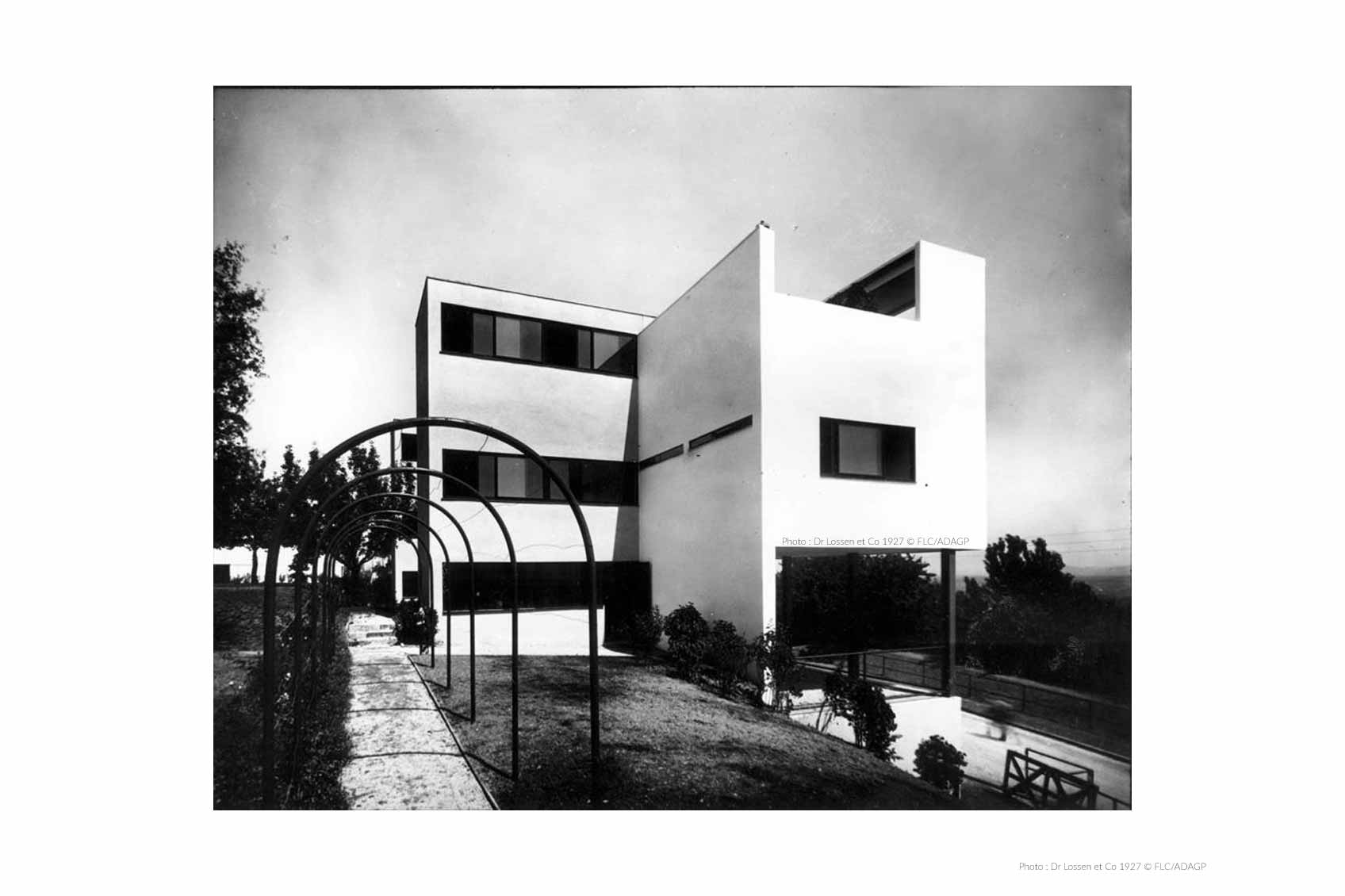

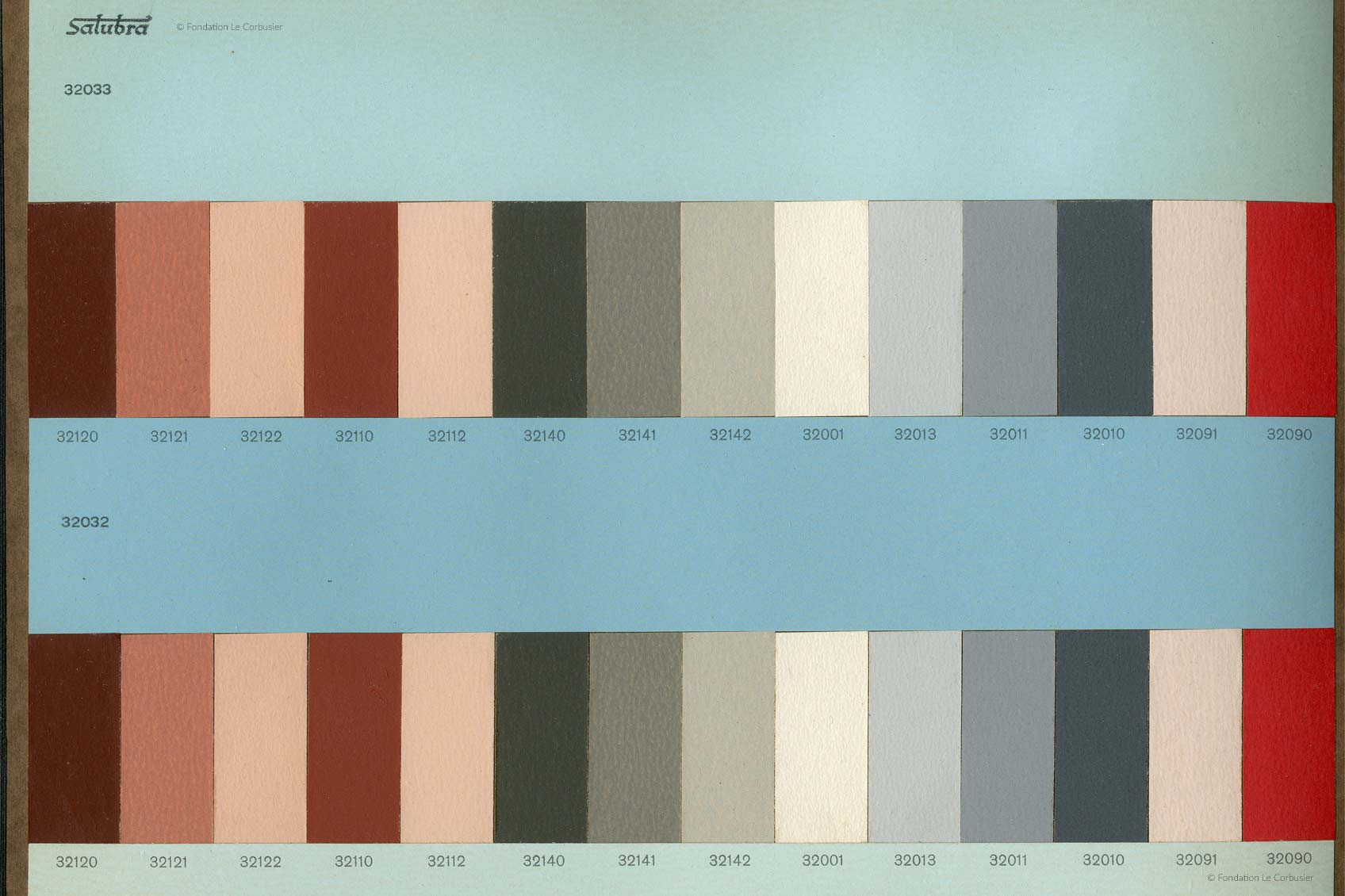
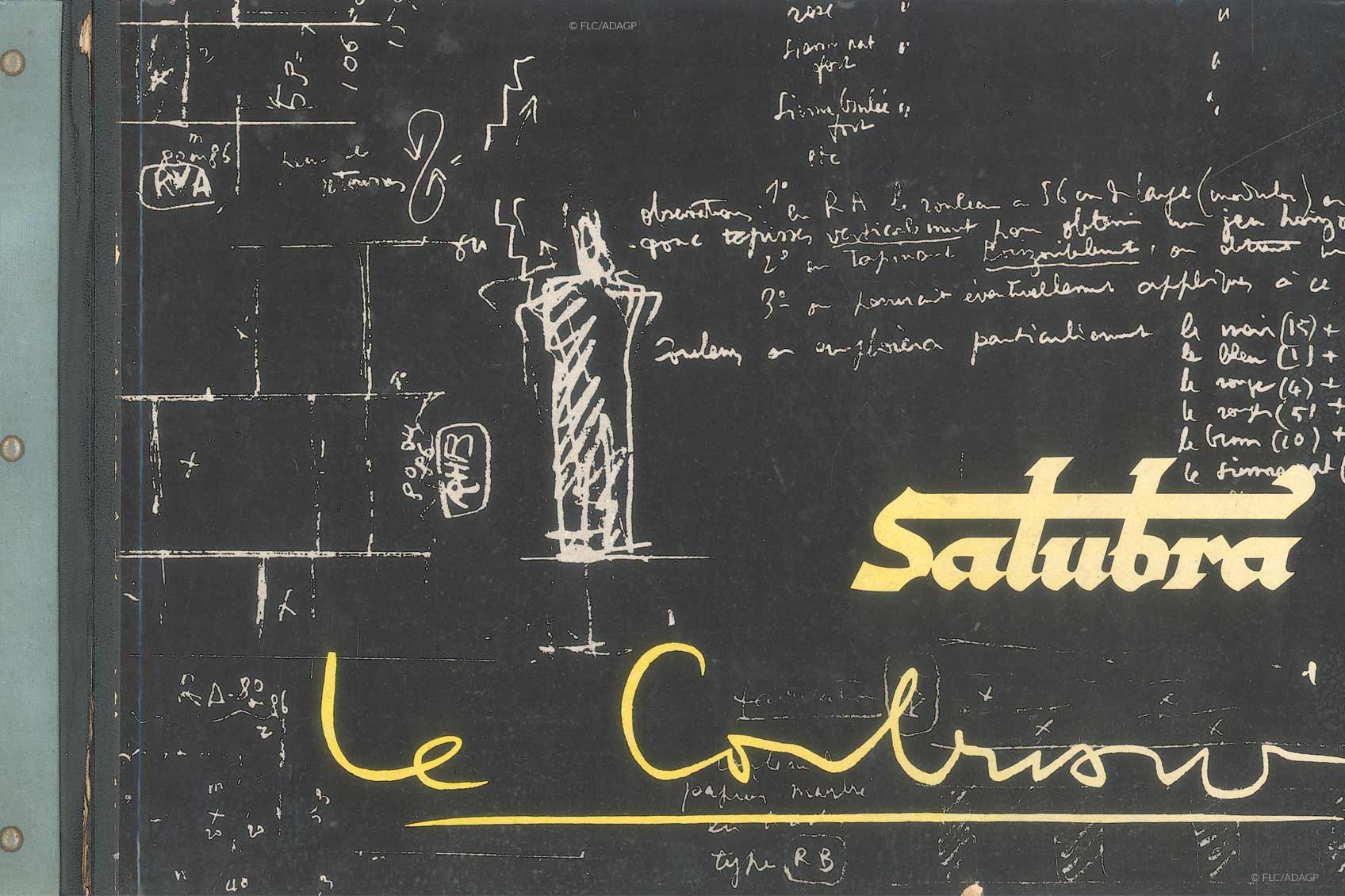
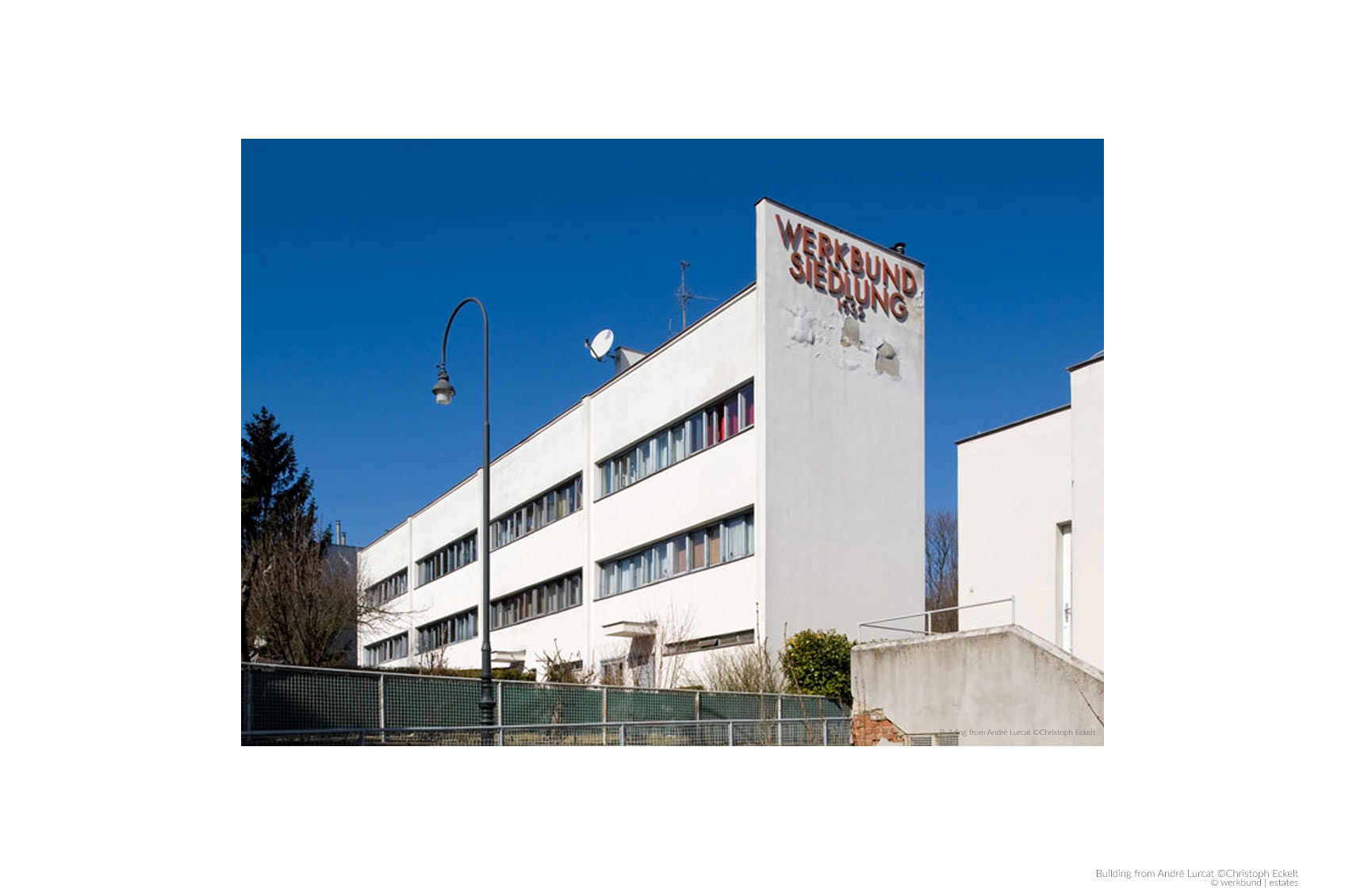
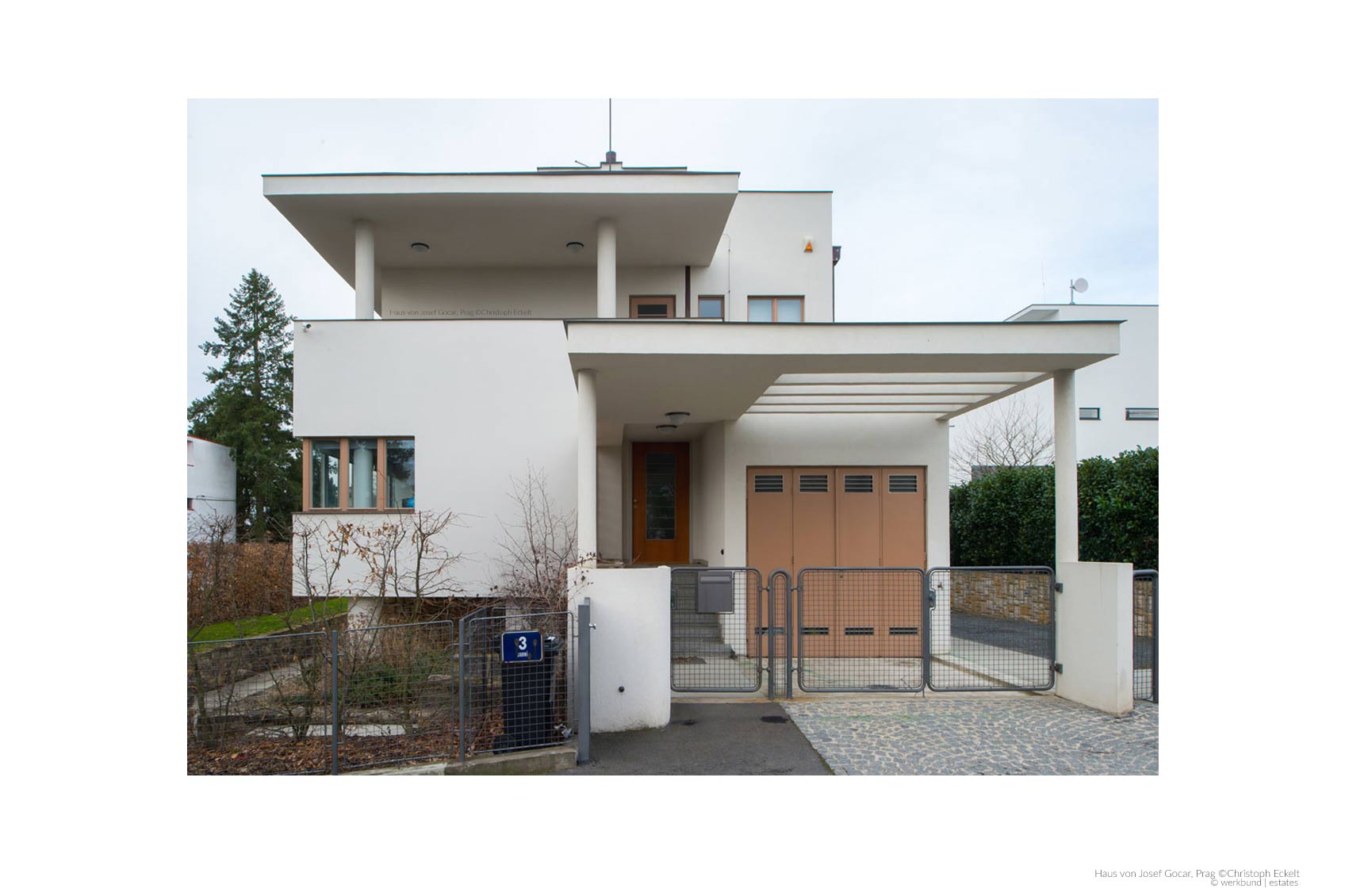
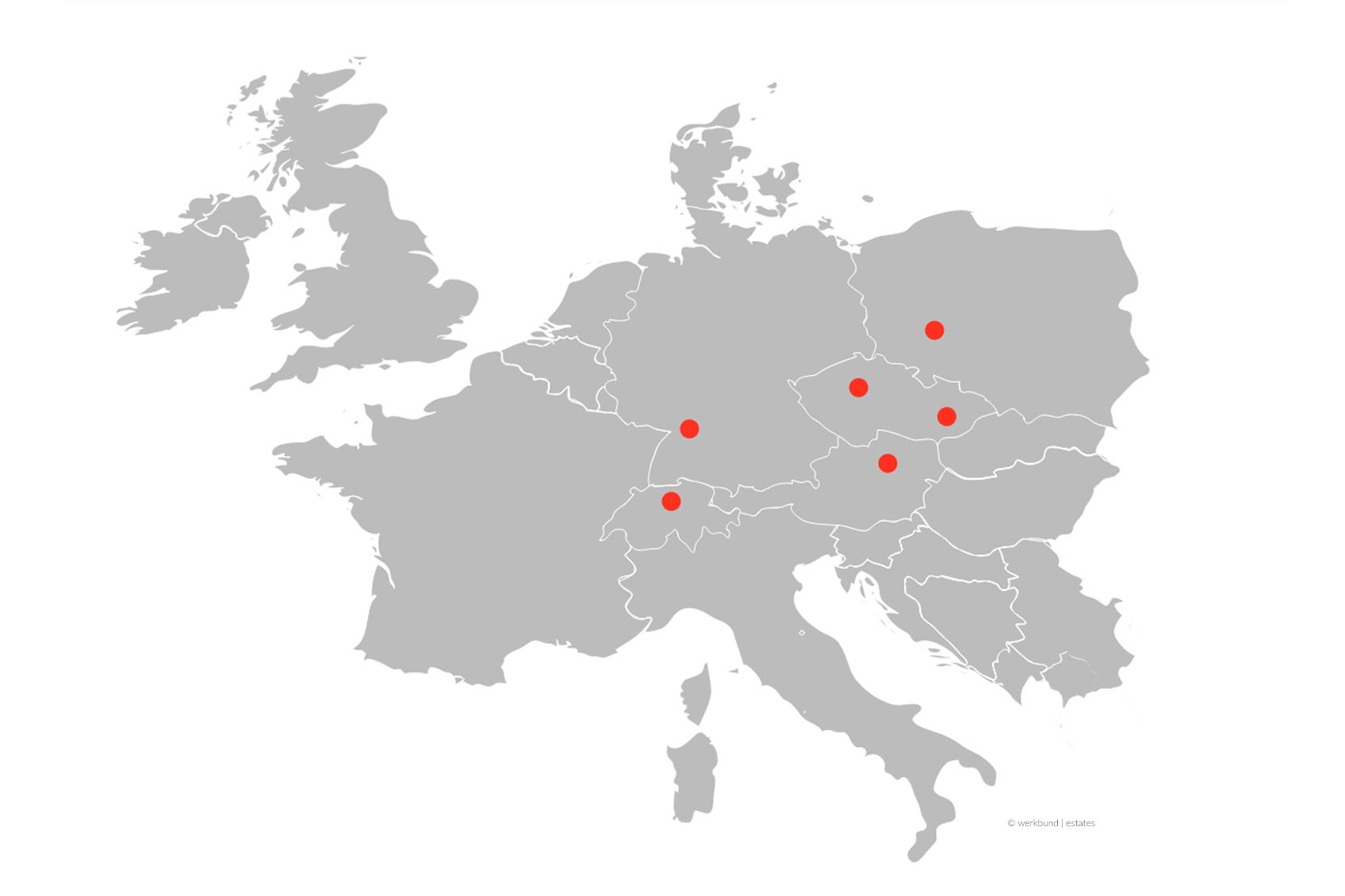
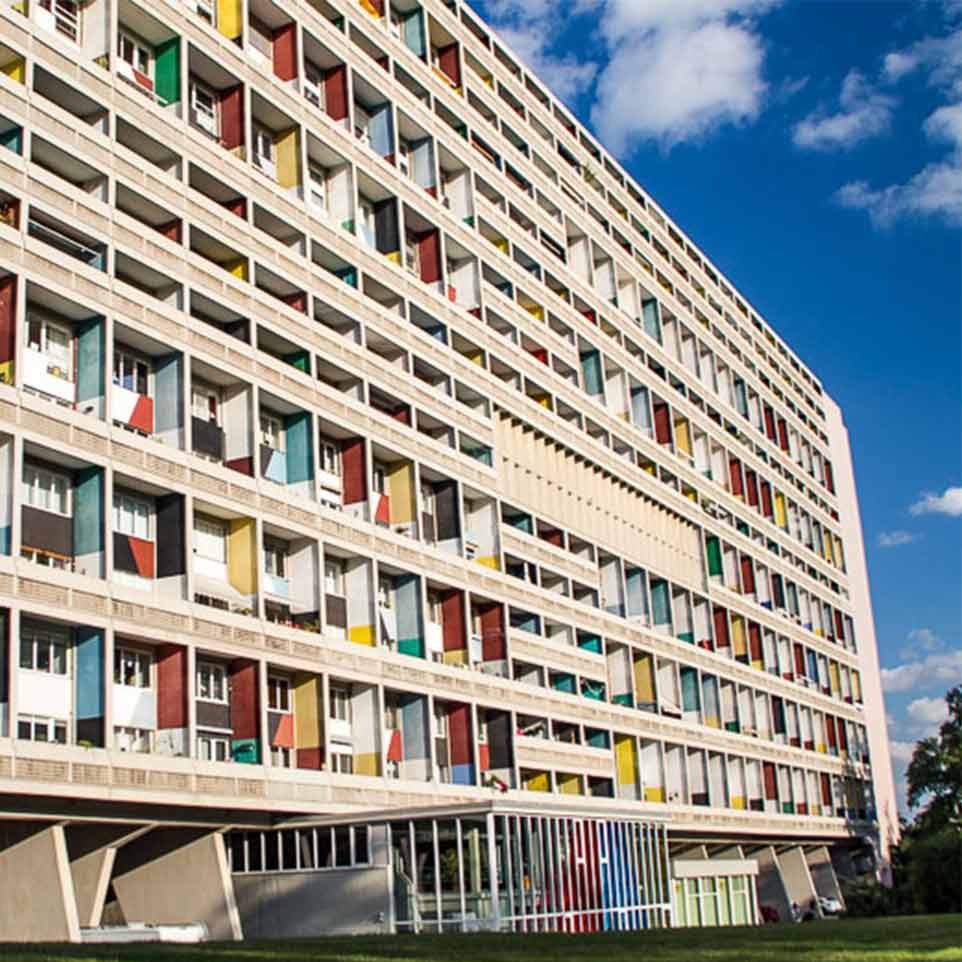
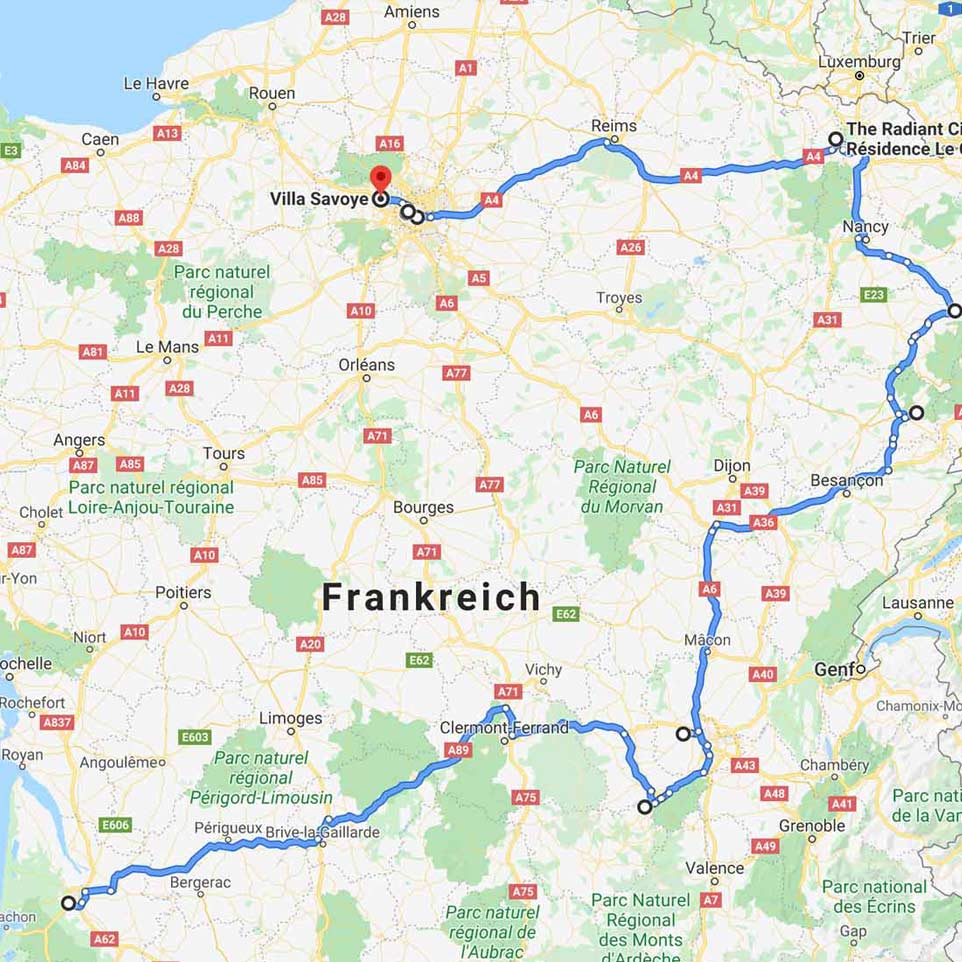
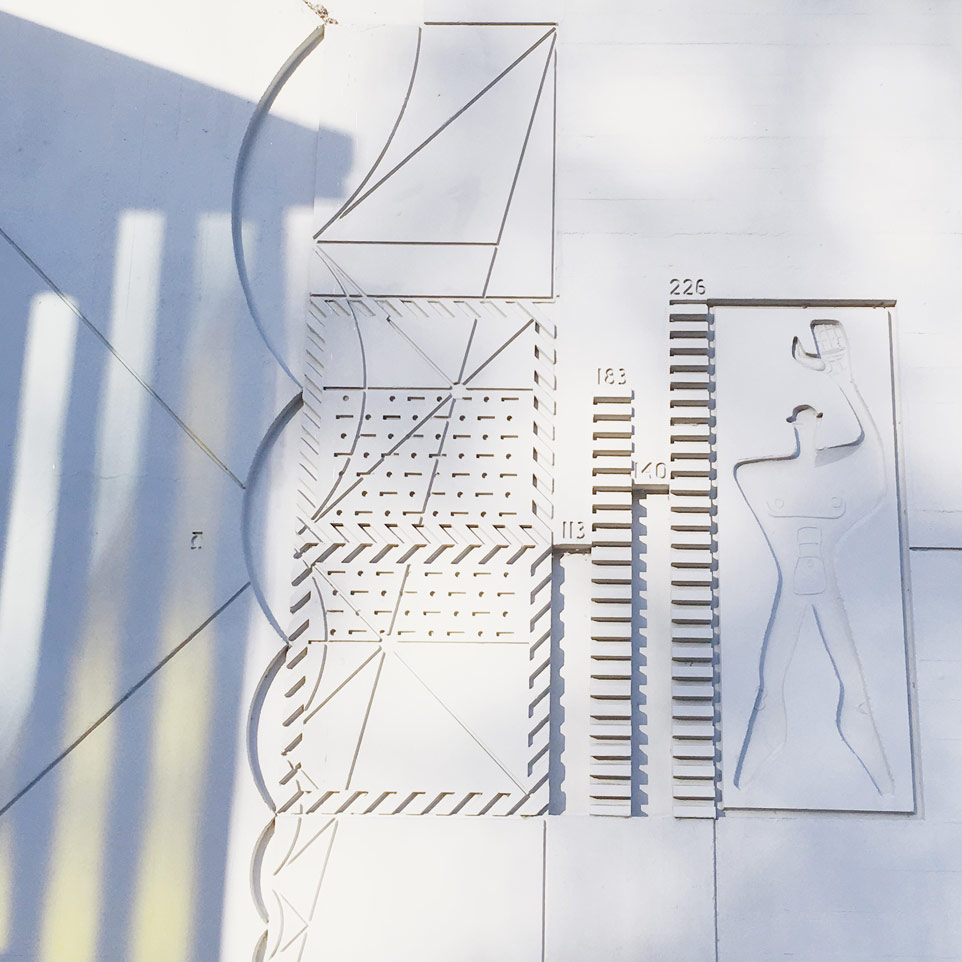
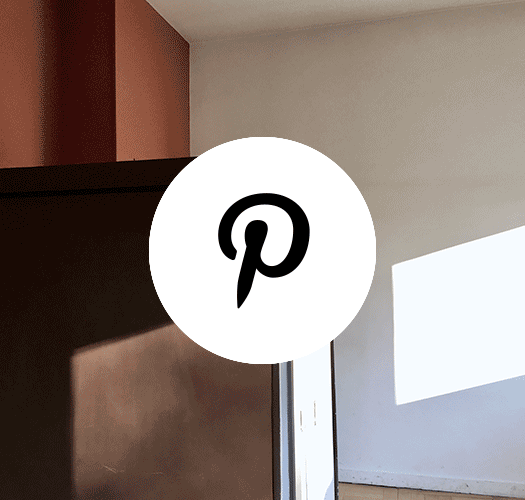




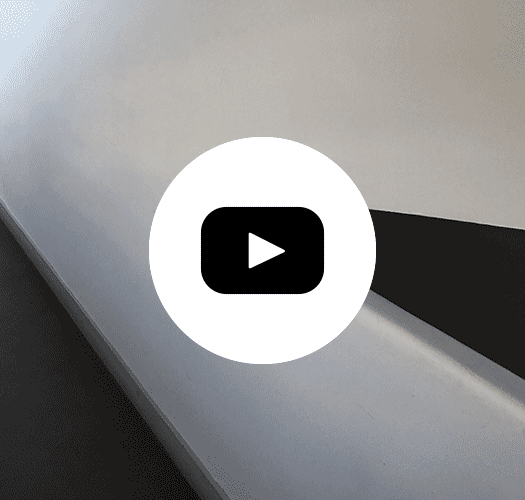

Comments
No Comments